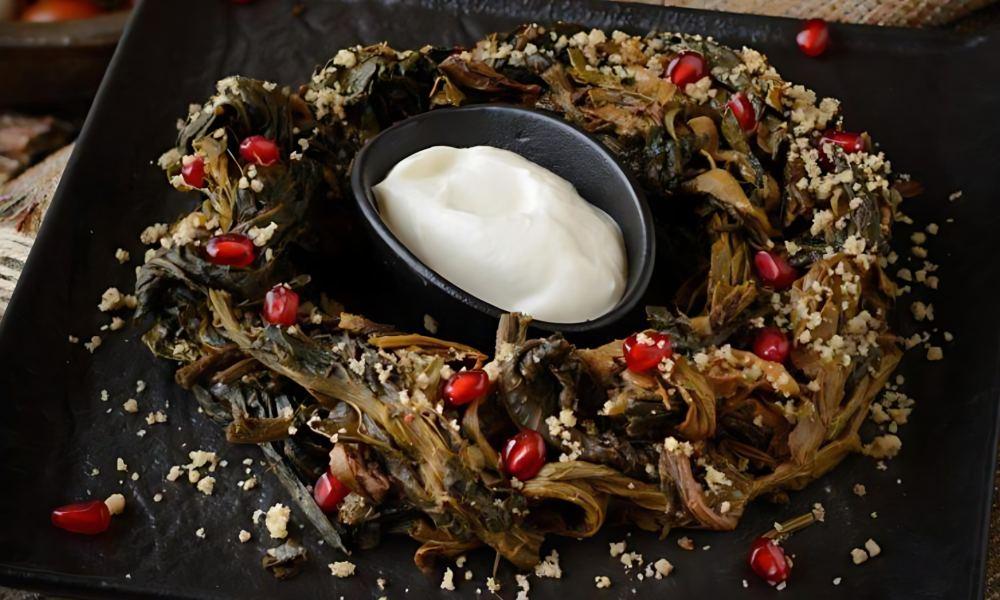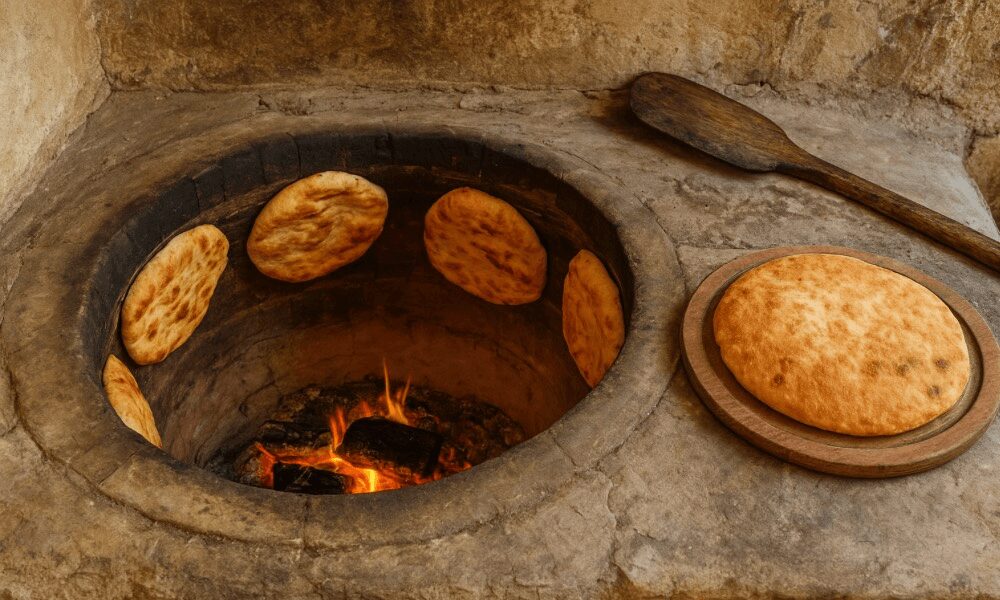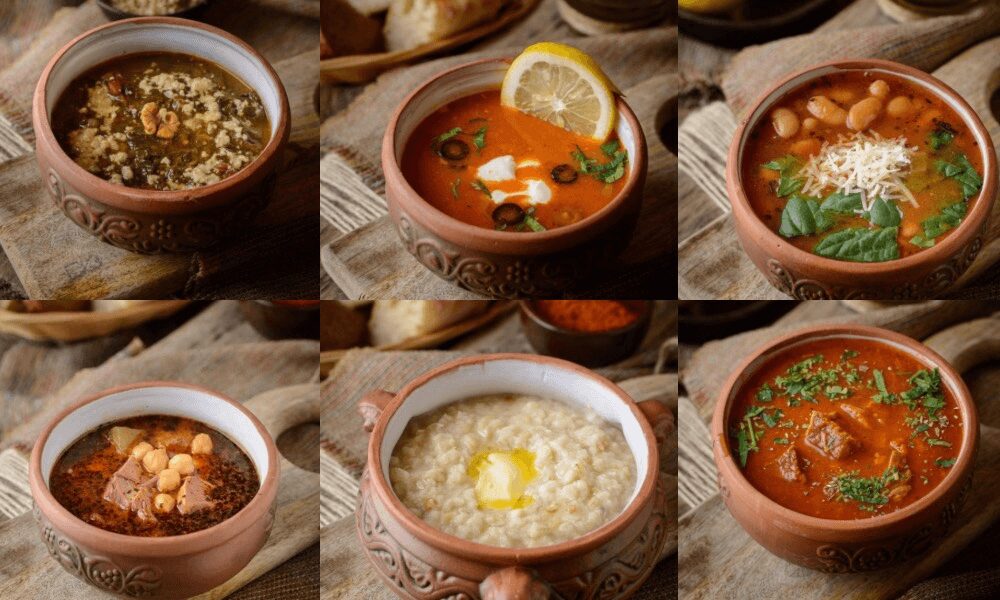
Why the Pomegranate is the Heart of Armenian Cuisine: Recipes and Tips
The pomegranate, one of the oldest known fruits, has become the true heart of Armenian cuisine. For centuries, it has served not only as a decorative centerpiece on the table but also as a flavorful, visually appealing, and health-beneficial ingredient that holds a unique place in Armenian daily life. In Armenian cuisine, the pomegranate acts like a key—unlocking layers of flavor, color, and meaning.
It is used in various ways: as a natural seasoning, juice, garnish, or even a main ingredient. Pomegranate helps create a new flavor balance, especially in meat dishes, salads, and sauces. For example, a well-known Armenian salad with pomegranate not only pleases the eye but also adds a touch of freshness and a unique, light tartness to the dish.
Armenian Pomegranate Salad – a simple yet charming version includes cucumber, tomato, bell pepper, fresh herbs (parsley, dill), pomegranate seeds, olive oil, lemon juice or pomegranate molasses, salt, and black pepper.
Preparation: Finely chop the vegetables, add pomegranate seeds and herbs, season, and serve immediately. The result is a healthy, colorful, and multi-layered salad, truly characteristic of Armenian cuisine.
Beyond flavor, the pomegranate is rich in vitamins, antioxidants, and minerals. It helps strengthen the cardiovascular system, boost immunity, and maintain a youthful appearance.
So if you’re wondering what ingredient to add to your dishes for both taste and health benefits—rest assured, the pomegranate is the most natural and symbolic choice in Armenian cuisine.
Pomegranate – Not Just in Food, but in Culture
While the pomegranate is a source of pride in Armenian cuisine, its influence goes far beyond the kitchen. It is one of the deepest cultural symbols in Armenia, representing fertility, rich heritage, and unity. Since ancient times, the pomegranate has symbolized life and immortality, appearing in both pagan rituals and Christian traditions.
In Armenia, pomegranates appear not only in dishes but also in art. They adorn carpets, handmade crafts, khachkars (cross-stones), church frescoes, and even Armenian currency.
In weddings, the pomegranate plays a special role: the bride traditionally throws a pomegranate to the ground, and the more seeds scatter, the more fertile the new family is believed to be. During holidays, a pomegranate is often placed at the center of the table as a symbol of prosperity and unity.
While many cuisines around the world see the pomegranate simply as a tasty fruit, in Armenian cuisine it is a piece of identity. It carries history, values, and meaning passed down through generations.
Today, when you try any Armenian dish flavored or garnished with pomegranate, you’re tasting not just the fruit—but an entire culture that lives through it.
Modern Approaches: Innovative Dishes with Pomegranate
Although the pomegranate is deeply rooted in traditional cuisine, modern chefs are not afraid to experiment with it. Today, it is being introduced into many kitchens as a seasoning, garnish, or even a main component in innovative recipes.
Warm Pomegranate Salad with Soy Sauce:
Fresh pomegranate juice is mixed with a bit of honey and soy sauce, then poured over steamed broccoli, mushrooms, and sweet peppers. The result is an Eastern-style salad, but with an Armenian touch thanks to the pomegranate.
Pomegranate Cheesecake or Mousse:
Pomegranate seeds are added to light, sweet mousses or cheesecakes—not just as decoration but for a flavorful contrast. These versions are now popular in Armenian restaurants that combine traditional ingredients with modern presentation.
Pomegranate Cocktails:
Pomegranate juice serves as a base for natural smoothies, refreshing drinks, and even alcoholic cocktails. It pairs well with pineapple, lime, mint, and other tart fruits to create bold, refreshing flavor experiences.
The younger generation appreciates innovation, yet still wants to stay connected to their roots. The pomegranate is one of those rare ingredients in Armenian cuisine that bridges the gap between tradition and modernity.
These culinary experiments prove that the pomegranate will always remain beloved and respected—whether as a garnish in a classic salad or a refined note in a fusion dish.
The Pomegranate is Not Just a Fruit – It’s Culture, Love, Strength, and Continuity.
For centuries, it has been a source of pride in Armenian cuisine—enriching dishes with both flavor and meaning. Today, it continues to live on, whether in traditional meals or creative modern ones.
If you want to truly feel the essence of Armenian cuisine—just add pomegranate to your diet, and enjoy a rich experience for both the heart and the palate.






